Remote monitoring for environmental sustainability refers to the use of technology to monitor and manage resources from a distance. This innovative approach allows for the collection of real-time data on various environmental factors, such as air quality, water quality, and waste management, without the need for physical presence on-site.
One of the key benefits of remote monitoring is its ability to provide accurate and up-to-date information on the state of the environment. By using sensors and other monitoring devices, environmental professionals can track changes in environmental conditions over time and identify potential issues before they escalate. This proactive approach to monitoring allows for timely interventions to be implemented, reducing the risk of environmental damage and ensuring the long-term sustainability of natural resources.
Remote monitoring also offers a cost-effective solution for monitoring and managing resources. By eliminating the need for constant on-site monitoring, organizations can save time and money while still maintaining a high level of environmental oversight. This can be particularly beneficial for remote or hard-to-reach locations where regular monitoring may be challenging or costly.
Furthermore, remote monitoring can help to improve the efficiency of resource management practices. By providing real-time data on resource usage and environmental impacts, organizations can make informed decisions about how to best allocate resources and reduce waste. This can lead to more sustainable practices that minimize the environmental footprint of operations and promote long-term sustainability.
In addition to its environmental benefits, remote monitoring can also have positive social and economic impacts. By ensuring the sustainable management of resources, organizations can help to protect the livelihoods of local communities and promote economic development. This can create a win-win situation where both the environment and local populations benefit from improved resource management practices.
Overall, remote monitoring for environmental sustainability is a powerful tool for monitoring and managing resources from afar. By leveraging technology to collect real-time data on environmental conditions, organizations can make informed decisions that promote sustainability and protect the environment for future generations. As we continue to face environmental challenges, remote monitoring offers a practical and effective solution for ensuring the long-term health and sustainability of our planet.

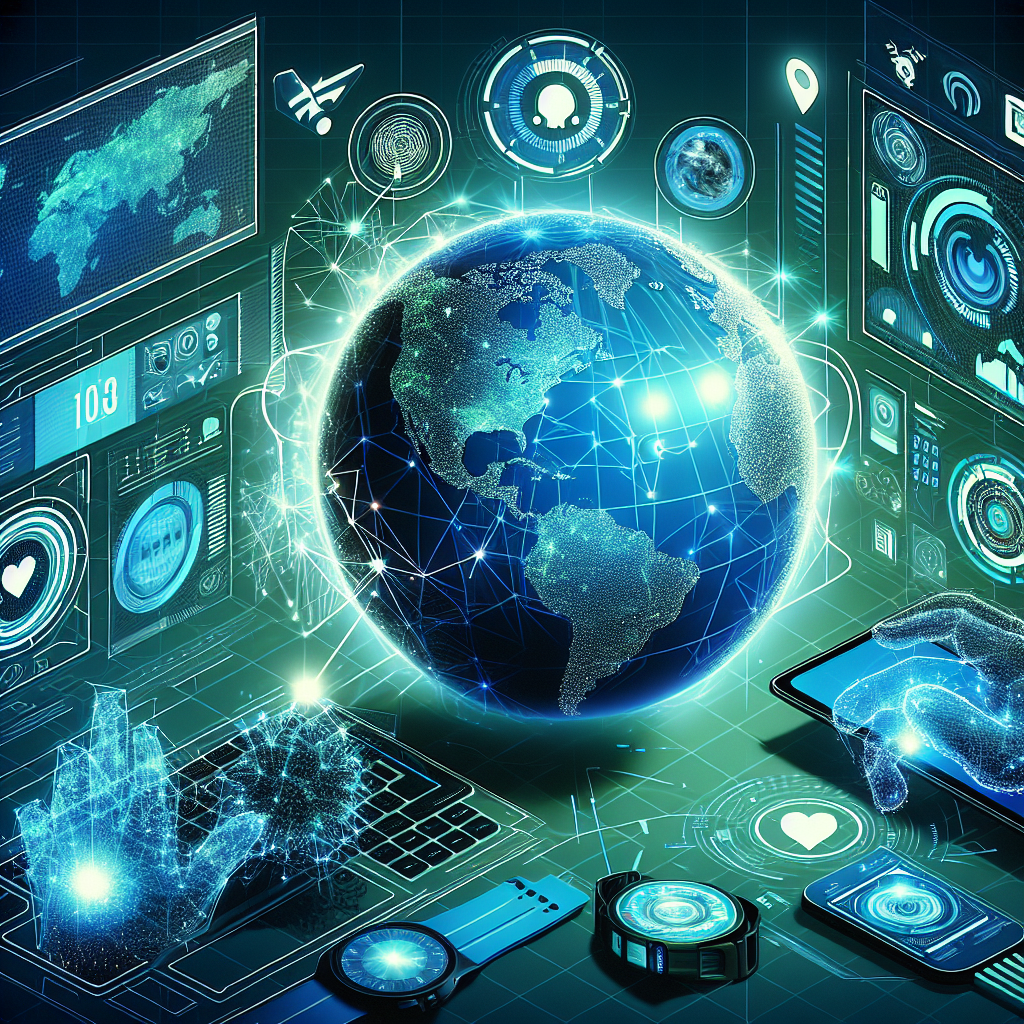
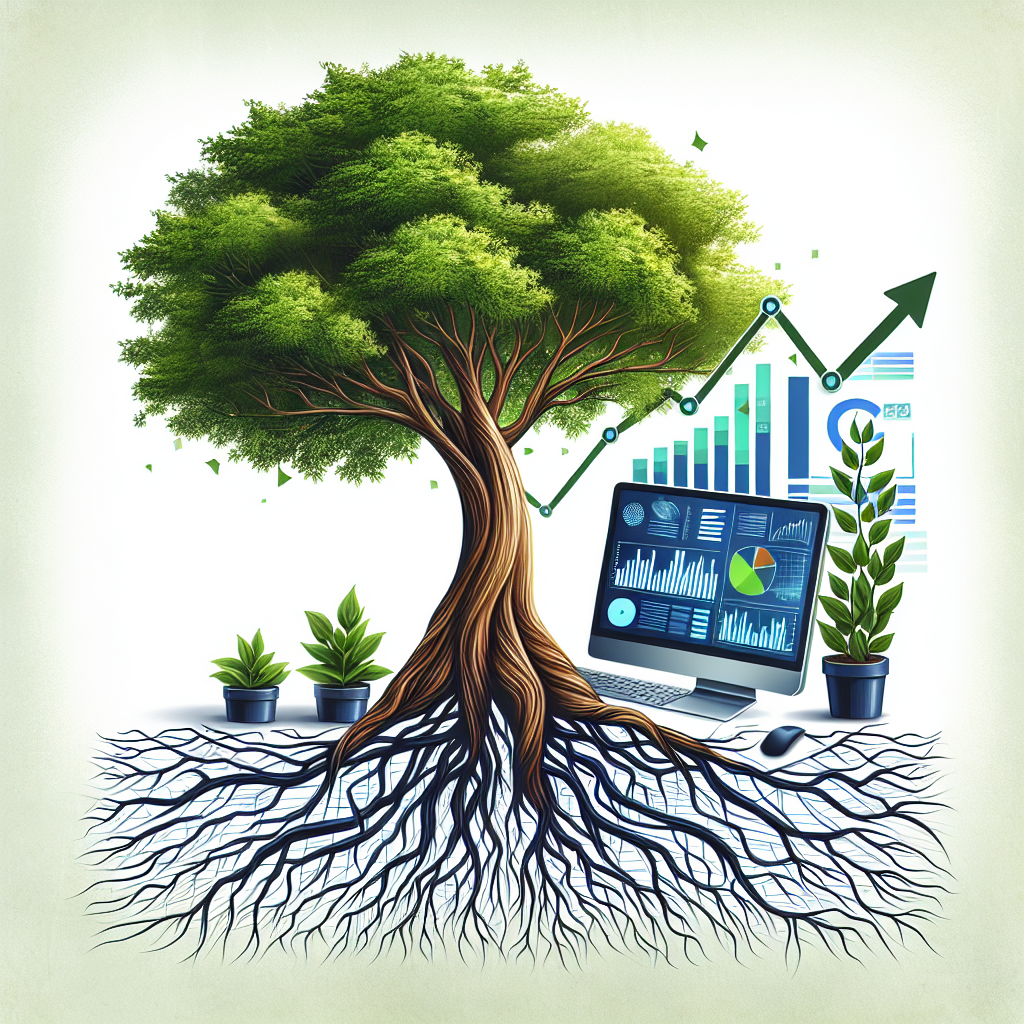
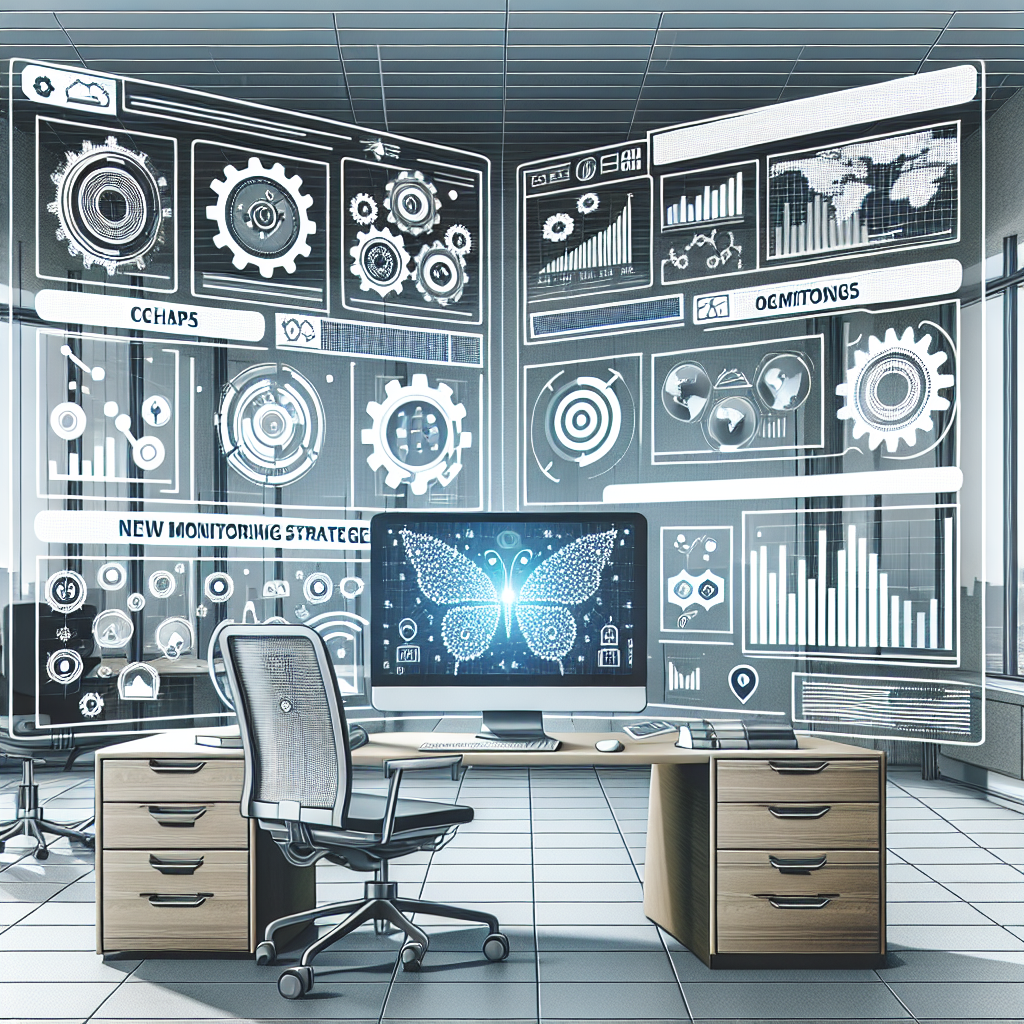

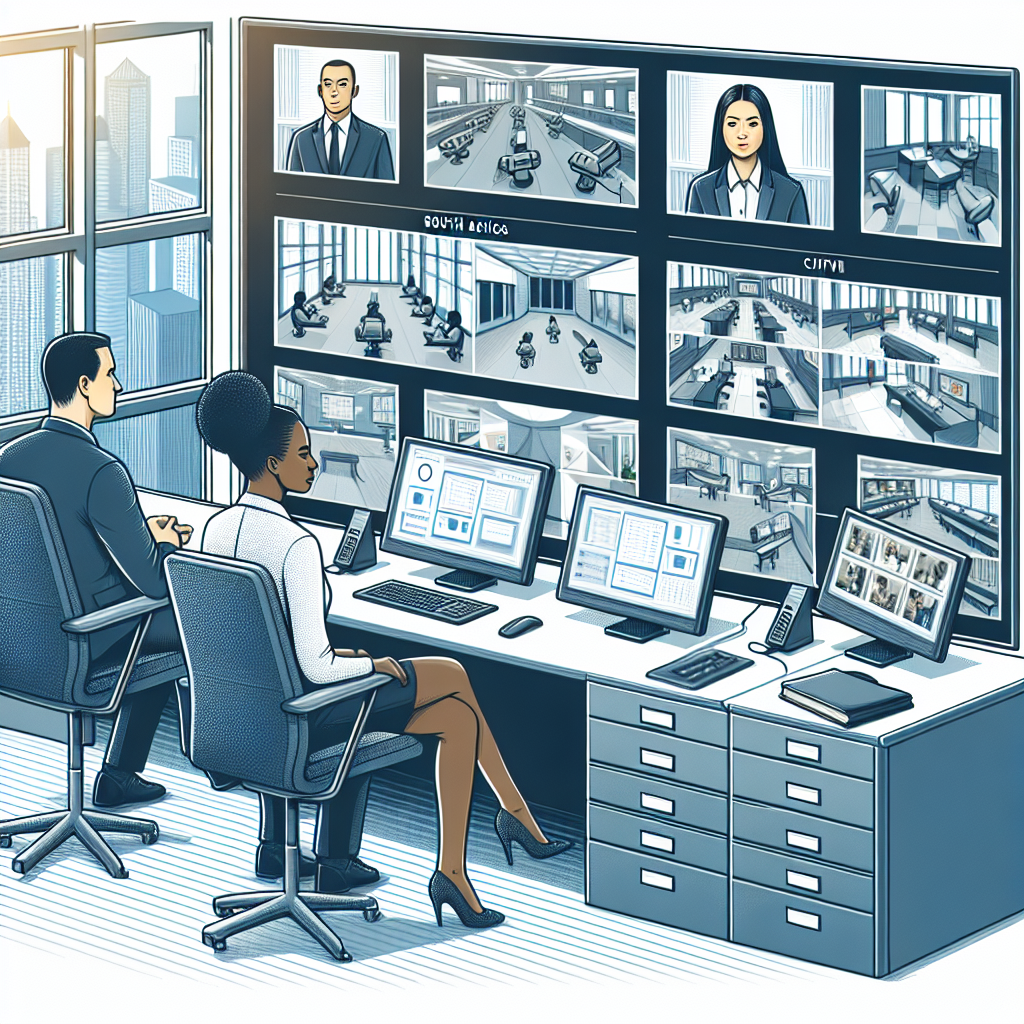
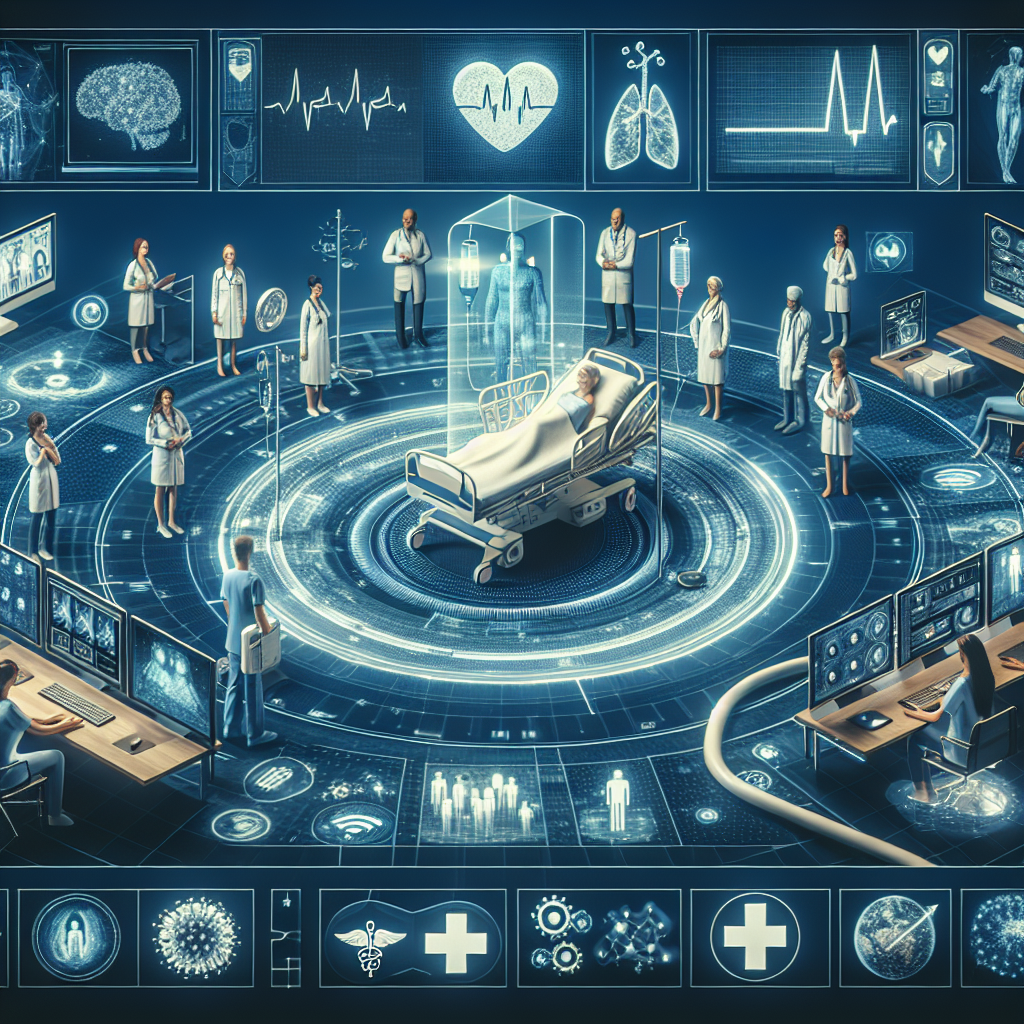
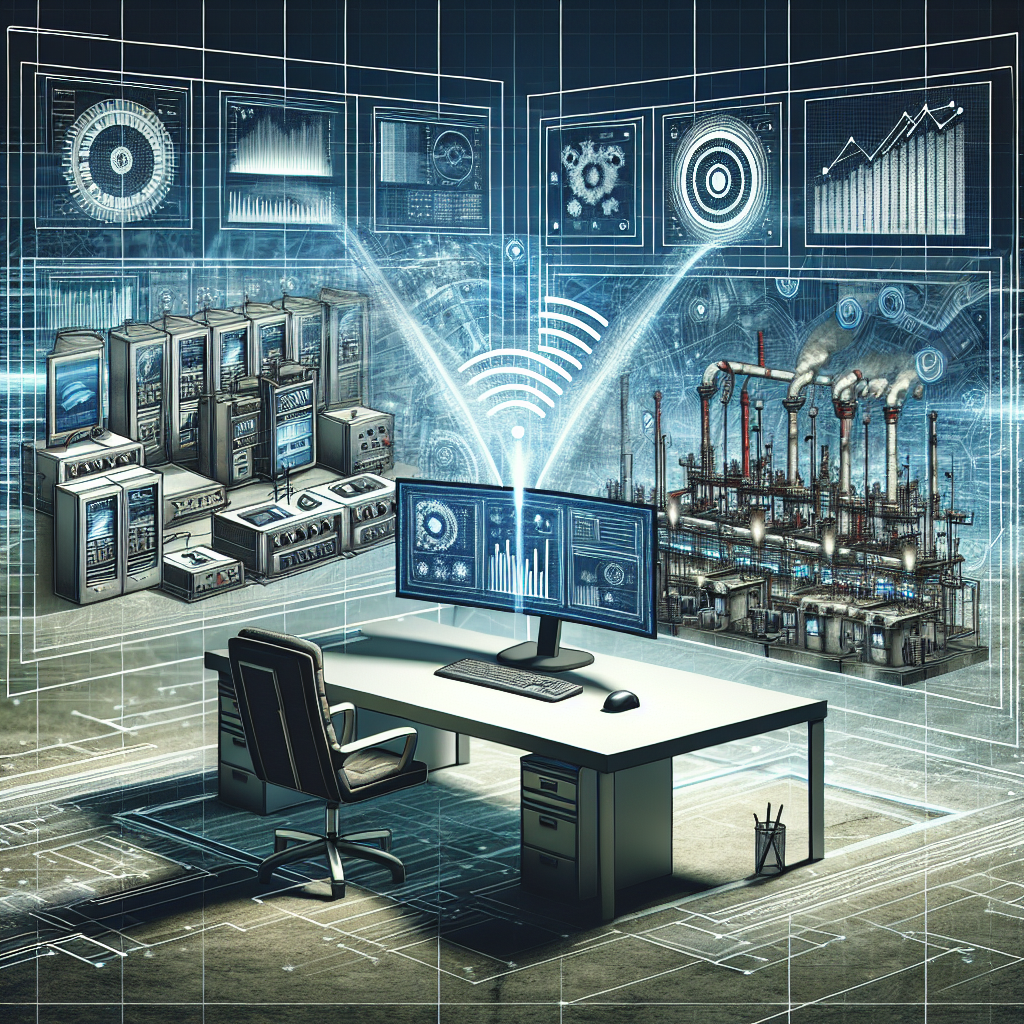
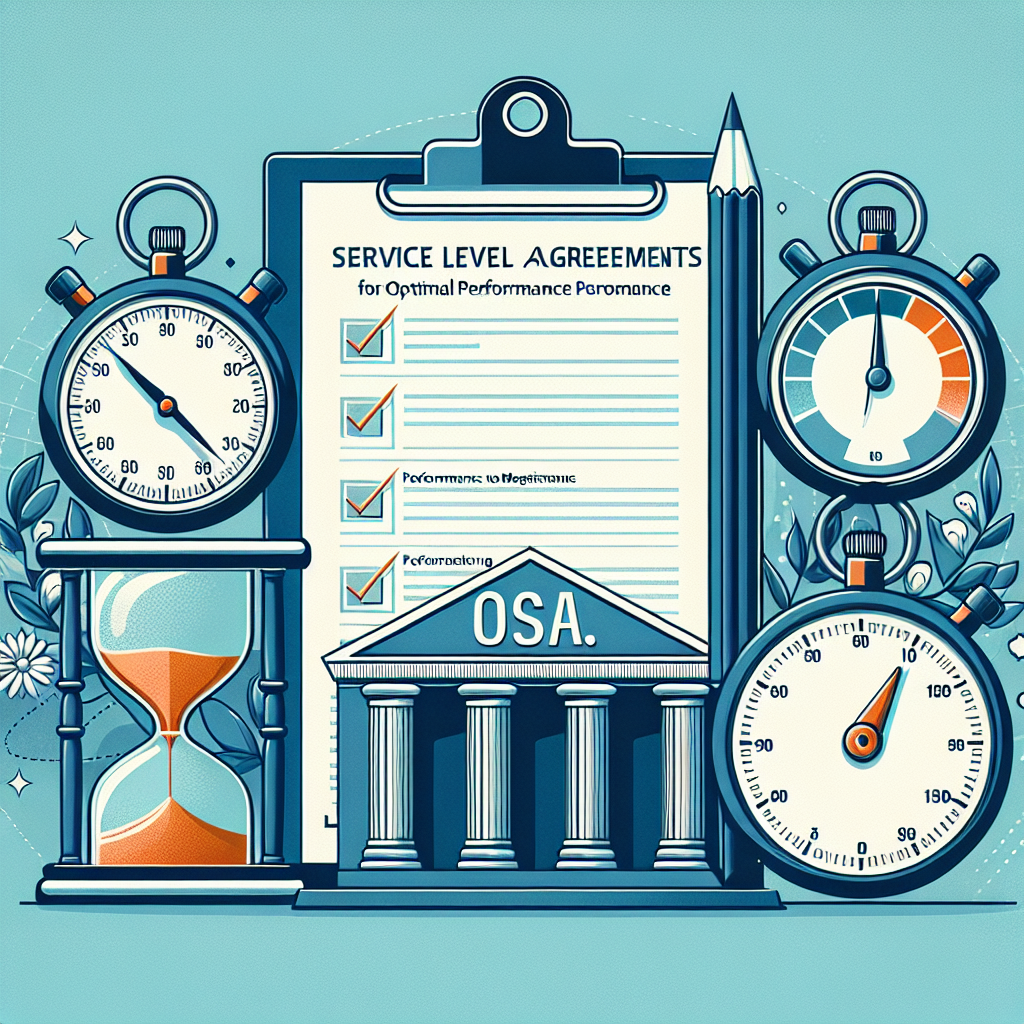
You must be logged in to post a comment.